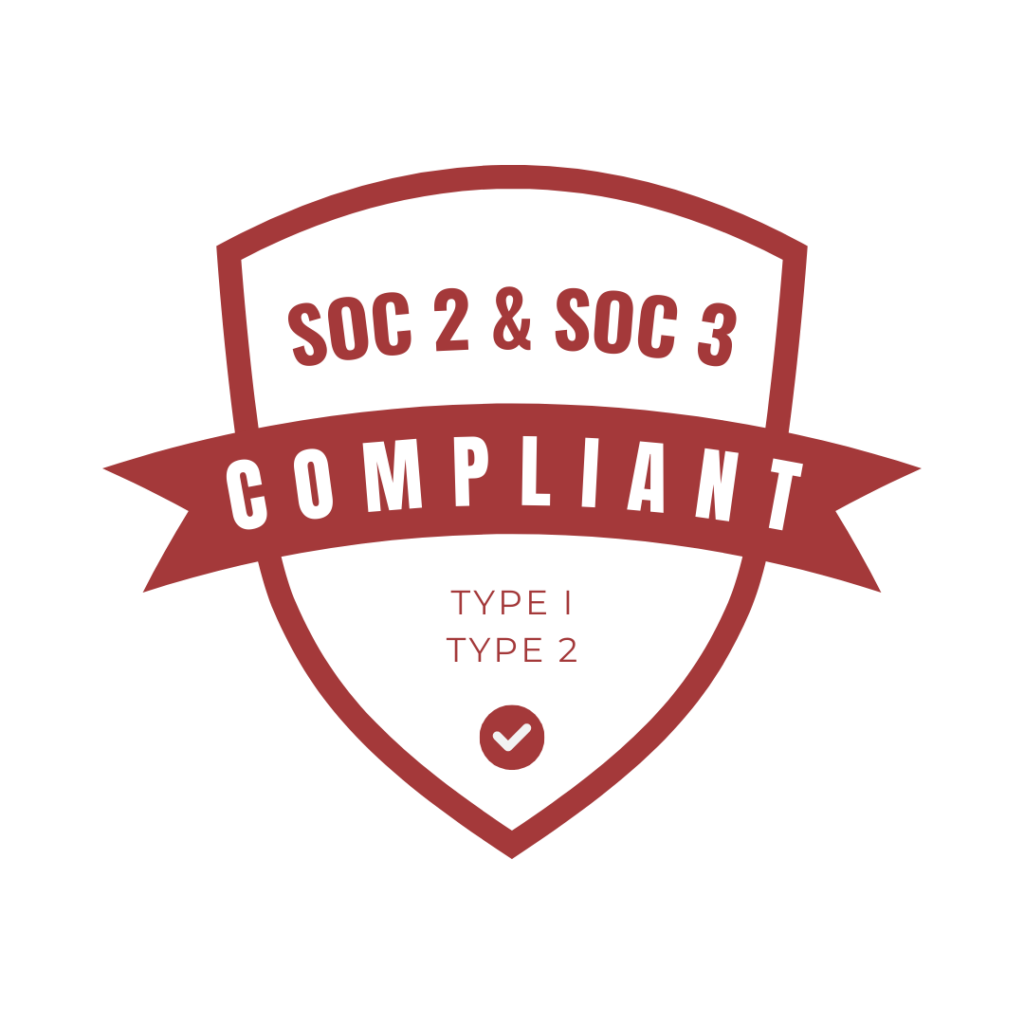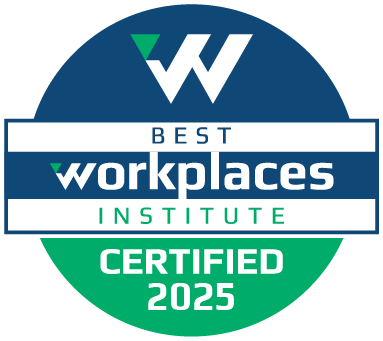
Preparing for an upcoming business trip?
Finally… right?
Maybe it’s been a while since you’ve checked into what’s happening in business travel? What does post-pandemic travel even look like?
It can be hard to navigate the current travel landscape alone, especially with the rules continuing to change on a regular basis. Intimidated by all changes that happened since you last traveled regularly? We don’t blame you. We’ve got a couple recent posts that can help with post-pandemic travel: here and here.
But there may be another important step in your prep that you haven’t really considered. A step many forget (or don’t realize the importance of because prior to all the new-fangled travel tech… before the streamlined booking platforms and efficiency-improving automation… before all that, it was more recommendation than requirement).
Now it’s the step that allows Gant to fulfill our promise of a new, improved business travel experience for everyone on your team. A streamlined, automated, stress-limited (hey, nothing in travel is stress-free… we’re a great TMC not miracle workers) experience.
That step is updating traveler profiles.
And keeping them updated.
Incomplete or incorrect profile details can affect just about every part of the modern business travel experience.
They can…
Result in failed ticketing.
Ruin your overall travel reporting.
Block your travelers’ access to agent assistance,
Stop the automatic application of airline vouchers,
Block member rates from showing in search results,
And worst of all…
They can keep a traveler from being able to book at all.
Completed traveler profiles are integral to the business travel experience these days.
Plus, there are lots of programs out there that offer added conveniences or frequent-travel rewards that, when part of the automatically applied profile details, can make the experience even better or give your team access to free stuff during their off-work travel.
Some of these programs have fees, many don’t.
Here’s a few tips to help you get the most out of your experience as you return to travel in a post-pandemic world…
Update Contact Details
Plenty has changed since the pandemic derailed travel plans for pretty much everyone. As countries around the globe reopen their borders to international visitors, now is the time to verify if the contact details in traveler profiles are still accurate.
Be sure travelers have updated name, address, email, or phone number (which includes removing any office lines in the mobile or home sections) – as soon as possible. Those fields are how systems and agents identify your travelers and quickly access upcoming or current trips. Staying on top of these items will protect you from travel mishaps down the road.
Don’t forget to check other, non-integrated systems. Travel disruptions happen when new information doesn’t match across the board.
Match Information Across Systems
Speaking of other systems…
Updating traveler profiles gets complex when there are multiple sites to worry about. While using Brad instead of Bradley for a frequent traveler program once meant agents used your nickname when they spoke to you, new automation doesn’t know Brad and Bradley are technically the same person. For this reason, a good rule of thumb is to always use the same form of your name across all platforms. Since the Transportation Security Administration (TSA) expects air travelers in the U.S. to show an ID that matches the name on their boarding pass, it’s best to set all programs to your government-issued ID you use for travel (generally state-issued for domestic, passport/visa for international).
Upgrade to Real ID
While many of the items listed below are optional experience improvers, you could find yourself restricted from travel completely by not complying with personal identification laws. The Real ID deadline has been extended multiple times since it was originally passed in 2005; currently the federal government will require air travelers in the U.S. who are over the age of 18 to obtain a Real ID-compliant form of identification by May 3, 2023. These IDs are identifiable by a star at the top signifying that the individual met updated security protocols. Not sure how your state is approaching this? You can find out where to get a Real ID on the Department of Homeland Security website.
No one likes getting denied at airport security…let alone missing a presentation or conference because of a simple mistake. On top of that, inconsistent traveler profiles may also keep you from using or receiving included extras.
Enter TSA PreCheck, CLEAR or other programs
After more than two years of uncertainty, air travel appears to be bouncing back to pre-pandemic levels quickly. A total of 2,307,110 travelers passed through TSA checkpoints on March 27, 2022. In comparison with 2019 numbers, air travel has reached approximately 92% of its previous volume. Although most of us are excited to get back out there, it doesn’t mean business travelers suddenly have time to stand in the long lines at the airport. Registering for a program like TSA PreCheck or CLEAR might be the difference between a successful deal and a missed opportunity.
As of March 2022, 94% of travelers with PreCheck waited less than 5 minutes in security lines. Those who receive acceptance into the program no longer need to remove items expected at standard checkpoints, including shoes, laptops, belts, and light jackets. You can take advantage of these perks by submitting an application on the TSA website and then completing the required steps.
For travelers who need an even shorter wait time, the CLEAR Expedited Airport Security Program is available at more than 40 airports nationwide. Their technology scans your iris, face, or fingerprint so that members can skip identity verification with a TSA agent. Any U.S. citizen (or permanent resident) over the age of 18 may create an account on the CLEAR website. New members must complete registration upon entry in their designated lines at participating airports.
Add Your Travel Programs
On to our next point – travel vendors are beginning to upgrade their loyalty programs for frequent customers. That’s because most post-pandemic travel benefits and bonuses are now exclusively for those with membership. Major airlines introduced new affordable fare classes and unused credit transfer capabilities with some giving their passengers the opportunity to collect rewards without a per-flight limit. In addition, leading hotel chains have redefined their membership tiers and special offers. And since live events are back in play, certain brands will even allow travelers to purchase concert and other tickets in exchange for points.
Some of the changes we’re seeing:
Southwest Airlines plans to offer a new rate class, Wanna Get Away Plus, later this year. By purchasing these tickets, customers will earn up to 8 times more points with their Rapid Rewards program. Rewards members who book this fare can also share their unused credits with other members on a limited basis.
Delta Airlines stopped enforcing a per-flight cap on their SkyMiles rewards earnings. Under the previous limit of 75,000 miles, customers were unable to increase their status with award travel. SkyMiles members now have the chance to accrue points on flights booked through rewards miles.
InterContinental Hotels Group (IHG) created another tier, Gold Elite, in their rewards program last month. Members will reach this status at 20 nights, which falls between the Silver and Platinum designations. Additionally, the top tier is now Diamond Elite and IHG plans to make further changes to their loyalty offerings. More details on the structure of this program should be announced throughout 2022.
Marriott Hotels & Resorts relaunched their Bonvoy Moments perks in August 2021, offering packages of suite accommodations and event tickets for loyal customers. With enough points, Bonvoy members can book a free stay at eligible locations along with concert or game passes for the night of their reservation. Certain events also include food or beverages without charge.





